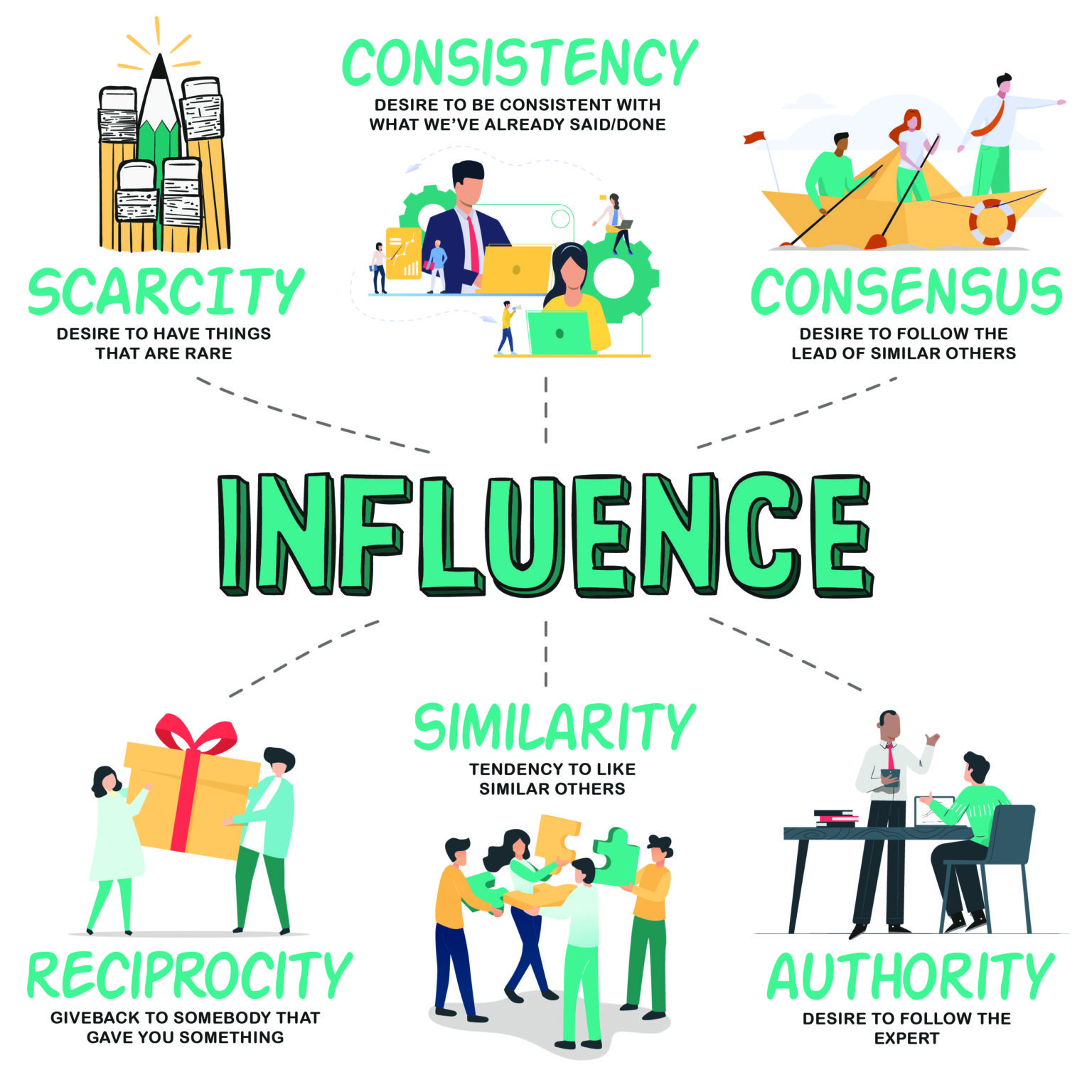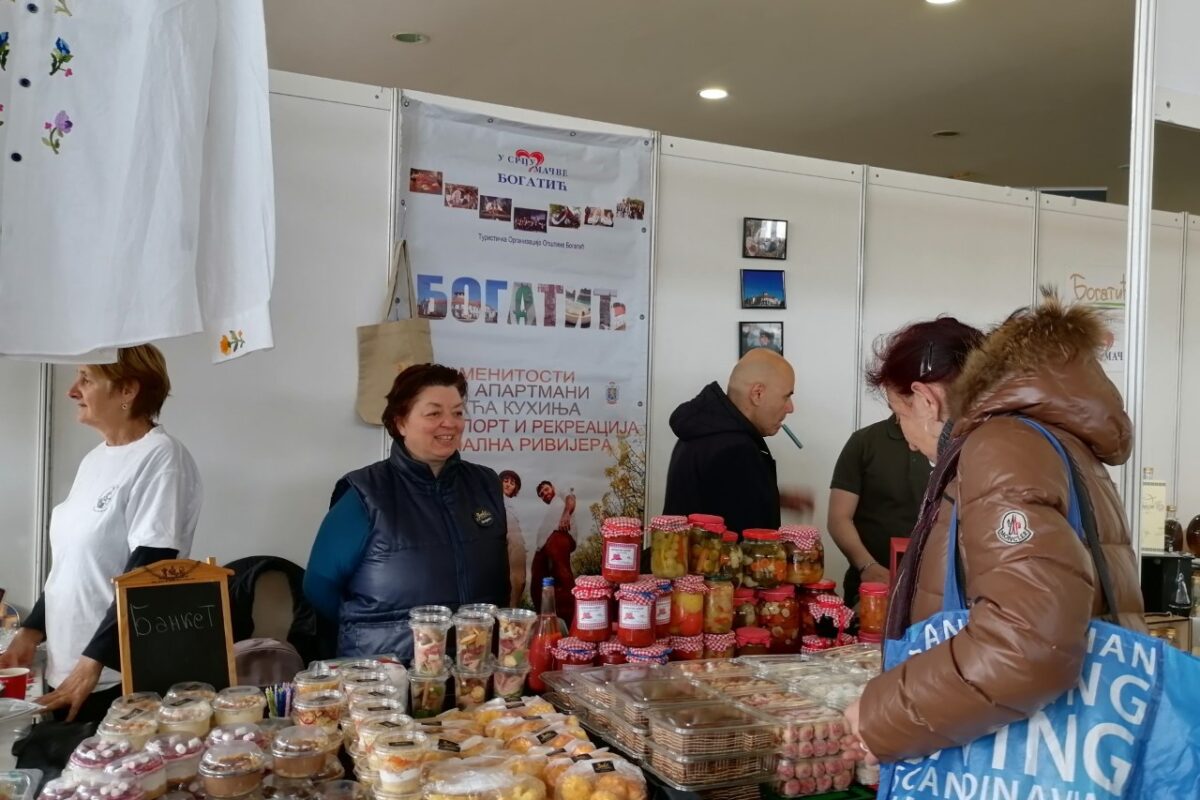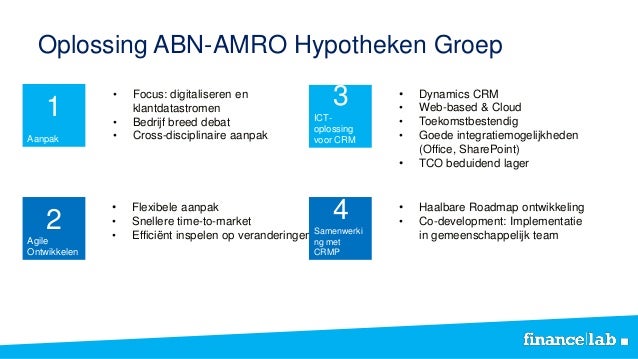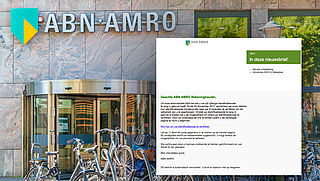Sound Perimeter: A Study Of Music's Social Influence

Table of Contents
Music as a Catalyst for Social Change
Music's power to inspire collective action and drive social change is undeniable. Its ability to transcend language barriers and tap into deeply felt emotions makes it a potent tool for mobilization. The sound perimeter of such movements extends far beyond the immediate listeners, influencing policy, attitudes, and the very fabric of society.
Social Movements and Music
Throughout history, music has been instrumental in fueling social movements. The Civil Rights Movement in the United States provides a powerful example. Songs like "We Shall Overcome" became anthems of resistance, unifying a diverse population and providing a soundtrack to the struggle for equality. Similarly, the anti-apartheid movement in South Africa utilized music as a weapon against oppression, with artists like Miriam Makeba using their voices to raise global awareness and galvanize support.
- Examples of songs/artists that fueled social change:
- "We Shall Overcome" (Civil Rights Movement)
- "Biko" by Peter Gabriel (anti-apartheid movement)
- "Imagine" by John Lennon (peace activism)
The mechanisms through which music achieves this impact are multifaceted. The unifying message of a song, its emotional resonance, and its widespread dissemination through various media (from radio to social media) all contribute to its power. Music's sound perimeter in these contexts often extends far beyond the immediate physical space of a protest, influencing global opinion and driving systemic change.
Music and Political Activism
Music continues to play a vital role in contemporary political activism. Protest songs often act as concise, emotionally charged manifestos, encapsulating complex issues and inspiring action. The use of music in online activism further amplifies its reach, allowing for rapid dissemination of messages and mobilization of supporters across geographical boundaries.
- Examples of modern protest songs and their impact:
- "Sunday Bloody Sunday" by U2 (raising awareness about political violence)
- Various protest songs from the Arab Spring (mobilizing citizens)
- Modern hip-hop addressing social injustice (raising awareness and fostering discussion)
The internet and social media have drastically expanded the sound perimeter of political music, allowing for instantaneous global impact. A protest song shared online can quickly reach millions, potentially sparking real-world action and influencing political discourse on a global scale.
Music and Identity Formation
Music plays a crucial role in shaping individual and group identities, fostering a sense of belonging and self-expression within specific communities. The sound perimeter of musical subcultures creates a shared identity, connecting individuals through shared musical tastes and experiences.
Musical Subcultures and Identity
Music acts as a powerful marker of identity, defining and reinforcing affiliations within specific subcultures. Punk, hip-hop, and metal, for instance, are associated with distinct musical styles, aesthetics, and social values, creating strong bonds among their adherents. These subcultures establish their own sound perimeters, creating safe and expressive spaces for their members.
- Examples of subcultures and their associated musical styles:
- Punk (punk rock, hardcore punk)
- Hip-hop (hip-hop, rap, R&B)
- Metal (heavy metal, thrash metal, death metal)
The shared musical experience within these subcultures fosters a sense of belonging and shared identity, providing individuals with a sense of community and purpose. Music, therefore, significantly contributes to the construction and maintenance of these group identities.
Music and Personal Identity
Beyond group identities, music also plays a profound role in shaping personal identity. Individuals use music to express their emotions, beliefs, and experiences, creating personal soundtracks that accompany them throughout life. Music helps individuals navigate different life stages and experiences, providing comfort, inspiration, and a means of self-expression.
- Examples of how music helps individuals navigate different life stages and experiences:
- Upbeat music for celebration and joy
- Soothing music for relaxation and stress relief
- Music expressing grief and loss during times of mourning
The psychological impact of music on self-perception is significant. The music we choose to listen to reflects our values, beliefs, and emotional states, contributing to our sense of self and our understanding of the world. Our individual sound perimeter, built from the music we engage with, shapes our personal narratives and our understanding of ourselves.
Music and Cultural Exchange
Music transcends geographical boundaries, acting as a vehicle for cultural exchange and the creation of hybrid musical forms. Its sound perimeter extends across continents, blending traditions and fostering intercultural understanding.
Global Music Diffusion and Cultural Hybridization
Globalization has accelerated the dissemination of musical styles across the globe, leading to the emergence of hybrid genres and cross-cultural collaborations. World music, encompassing a vast array of styles from different regions, embodies this phenomenon. Fusion genres, such as Latin jazz or Afro-Cuban jazz, demonstrate the creative possibilities arising from cultural exchange.
- Examples of musical genres that emerged from cross-cultural influences:
- World music (e.g., Afrobeat, Flamenco, Rai)
- Fusion genres (e.g., Latin jazz, Zydeco)
The increasing interconnectedness of the world has dramatically expanded the sound perimeter of music, allowing for greater exposure to diverse musical traditions and fostering a rich tapestry of sounds. This exchange contributes to the ongoing evolution of musical styles and enriches cultural landscapes worldwide.
Music and Intercultural Understanding
Music's power to transcend language barriers and connect people on an emotional level makes it an ideal tool for promoting intercultural understanding and empathy. Music initiatives designed to bridge cultural divides utilize this potential, fostering dialogue and cooperation between different communities.
- Examples of initiatives using music to bridge cultural divides:
- International music festivals showcasing diverse genres
- Music therapy programs promoting cross-cultural healing
- Collaborative music projects involving artists from different cultures
Music can foster empathy and understanding between different cultures, promoting tolerance and reducing prejudice. By appreciating the diverse musical traditions of the world, we can build stronger relationships and contribute to a more harmonious global society. The sound perimeter of these collaborative musical efforts expands to create connections far beyond the immediate participants, fostering global understanding.
Conclusion
Music's influence extends far beyond mere entertainment; it profoundly shapes social movements, individual identities, and cultural exchanges. The sound perimeter of music encompasses a vast and interconnected web of social influence, shaping our world in ways both subtle and profound. By understanding the significant power of music's impact, we can harness its capacity for positive social change.
The key takeaway is the pervasive nature of music's sound perimeter and its consistent ability to inspire, unify, and transform societies. Music acts as both a reflection of societal values and a catalyst for change.
By understanding the profound influence of music's sound perimeter, we can harness its power for positive social change and promote a more harmonious and interconnected global community. Continue exploring the fascinating relationship between music and society— delve deeper into the sound perimeter today!

Featured Posts
-
 Mntkhb Amryka Thlathy Jdyd Tht Qyadt Almdrb Bwtshytynw
May 21, 2025
Mntkhb Amryka Thlathy Jdyd Tht Qyadt Almdrb Bwtshytynw
May 21, 2025 -
 Juergen Klopp Un Carlo Ancelotti Nin Yerini Almasi Analiz Ve Tartisma
May 21, 2025
Juergen Klopp Un Carlo Ancelotti Nin Yerini Almasi Analiz Ve Tartisma
May 21, 2025 -
 Love Monster A Creative Exploration
May 21, 2025
Love Monster A Creative Exploration
May 21, 2025 -
 Interview Barry Ward On Playing Cops And Casting
May 21, 2025
Interview Barry Ward On Playing Cops And Casting
May 21, 2025 -
 Film Po Prici S Reddita Sydney Sweeney U Glavnoj Ulozi
May 21, 2025
Film Po Prici S Reddita Sydney Sweeney U Glavnoj Ulozi
May 21, 2025
Latest Posts
-
 Karin Polman Benoemd Tot Directeur Hypotheken Intermediair Bij Abn Amro Florius En Moneyou
May 21, 2025
Karin Polman Benoemd Tot Directeur Hypotheken Intermediair Bij Abn Amro Florius En Moneyou
May 21, 2025 -
 Abn Amro Florius And Moneyou Benoemen Karin Polman Als Directeur Hypotheken
May 21, 2025
Abn Amro Florius And Moneyou Benoemen Karin Polman Als Directeur Hypotheken
May 21, 2025 -
 Het Verkoopprogramma Voor Abn Amro Kamerbrief Certificaten Een Stap Voor Stap Aanpak
May 21, 2025
Het Verkoopprogramma Voor Abn Amro Kamerbrief Certificaten Een Stap Voor Stap Aanpak
May 21, 2025 -
 Kamerbrief Certificaten Abn Amro Programma Details En Verkoopmogelijkheden
May 21, 2025
Kamerbrief Certificaten Abn Amro Programma Details En Verkoopmogelijkheden
May 21, 2025 -
 Succesvol Verkoop Van Abn Amro Kamerbrief Certificaten Een Praktische Handleiding
May 21, 2025
Succesvol Verkoop Van Abn Amro Kamerbrief Certificaten Een Praktische Handleiding
May 21, 2025
